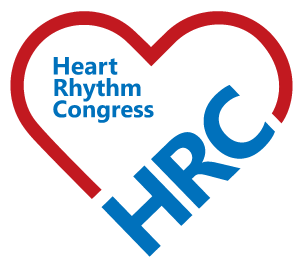Introduction: Standard anti-bradycardia pacing aims to place a lead at the right ventricular (RV) apex, a technique that is well-practised and good for lead stability. However, chronic right RV pacing can cause left ventricular impairment, especially in patients with prior impaired LV function. Several studies suggest deleterious effects on left ventricular (LV) function with chronic RV apical pacing due to abnormal electromechanical ventricular activation. More physiological pacing e.g. His-bundle pacing has been shown to improve haemodynamic outcomes, but is technically challenging and requires dedicated delivery tools. Septal and RVOT pacing sites have been tested before with inconclusive data on clinical benefits. However, septal pacing includes a relatively heterogeneous group of implant sites and is traditionally dependent on fluoroscopy to determine optimal lead position. In this study, we describe the use of pace-mapping to guide optimal RV septal lead placement.
Methodology: Observational study of patients undergoing RV septal lead placement with pace-mapping was performed. Outcomes evaluated include peri-procedural complications, lead threshold and stability, duration of procedure and fluoroscopy time, and late complications in 1 year.
Results: Sixty-one patients with radiographically-confirmed septal lead position were identified. The majority (90%) of patients had preserved left ventricular systolic function (EF>50%). The average paced QRS duration achieved was 118 ms. The RV pacing threshold was 0.62 V @ 0.5 ms. The average fluoroscopy time was 6.5 minutes. There was 1 significant complication (atrial lead displacement) in the 1-year follow up.
Discussion: This study demonstrates that pace-mapping is an effective tool in optimising placement of the RV lead to achieve a narrow paced QRS duration. Further clinical trials are needed to evaluate the
long-term clinical benefits of pace-mapped septal lead placement.














